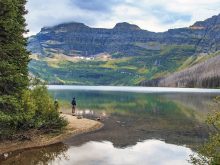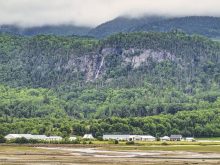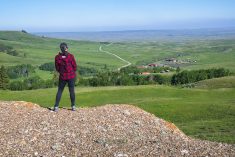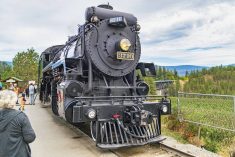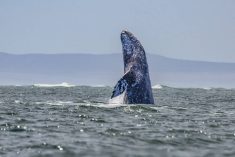The approach is breathtaking. Travelling across the mostly level farmland near Brooks in southeastern Alberta, we come to a valley rim where the land suddenly drops into a vast expanse of spectacular badlands, the largest anywhere in Canada.
The parched land of crumbling slopes, fairy-tale hoodoos and assorted bizarre formations appear in various shades of earth tones with narrow slices of green standing out along the shores of the Red Deer River.
Dinosaur Provincial Park was designated a UNESCO World Heritage Site in part because of its incredible scenery, but also for having the world’s largest deposits of dinosaur fossils from the Late Cretaceous period about 75 million years ago.
Read Also
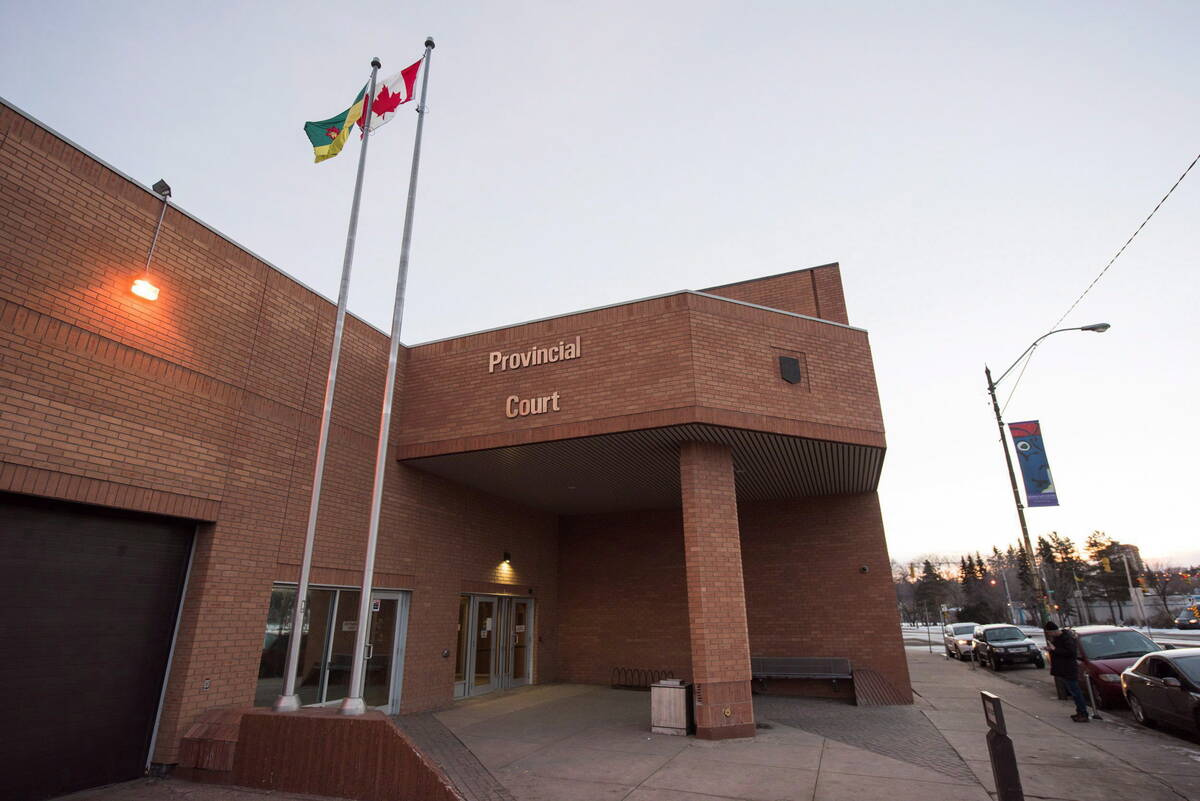
Understand limitation periods if considering civil suit
A limitation period refers to the amount of time a plaintiff has to commence a formal claim in court or lose their ability to pursue it.
Around 50 dinosaur species have been identified. One major find was a bone bed of more than 200 Centrosaurs (horned dinosaurs) believed to have perished in a flash flood. While dinosaurs take centre stage, scientists have found fossilized remains of a wide array of ancient creatures.
We were impressed by the near metre-long fossilized turtle shell on display in the visitor centre.
There are two parts to the park, including public areas with a visitor centre, campground, scenic driving route and walking trails plus a nature preserve where access is allowed only on guided excursions.
The park runs several interpretive programs, including a bus tour into the preserve, close-up looks at ancient bones and guided hikes. If you want to bring out your inner palaeontologist, there’s even guided excavations to participate in a dinosaur dig.
We took part in a fossil safari where a park guide took us to a bone bed, a large area where ancient bone fragments from many different species lay scattered.
We saw jaw pieces of a Hadrosaur (duck-billed dinosaur), soft-shelled turtle skin (now rock hard), teeth from smaller creatures and much more.
Some large bones were fairly obvious, but many smaller pieces were not. The purpose of the tour was to learn to identify fossils, since it’s not always easy to differentiate between chunks of rocks and bone.
“When you’re not sure, lick the tip of your finger and touch the piece,” explained our guide, Courtnee. “If it sticks when you pull your finger away, it’s bone.”
The park is a photographer’s dream. For sunrise, it’s hard to beat the view from the campground, backed on the west by a high ridge of badland formations and hoodoos. Simply sip your morning coffee in your campsite and wait for the right light.
A staircase up the ridge leads to the Coulee Viewpoint Trail, one of five short interpretive walking trails.
Our favourite walk for sunset was the Badlands Trails, a 1.3-kilometre loop within walking distance of the campground and with nice evening light on some intriguing badland formations.
The Cottonwoods Flats Trail is different from the rest because it follows the flood plain next to the Red Deer River, home to large 200-year-old cottonwood trees.
The highlight of our visit was undoubtedly the Sunset Tour. Also billed as a trip for photographers, it hits the most scenic spots in the Natural Preserve at the prime time for photos.
Hoodoos, wildly sculpted hillsides and other fascinating features came to life, highlighted by deep tinges of gold and crimson.
A popular feature is known as “Phred the Camel.” Look at it at just the right angle and it resembles a camel and there’s even a pyramid behind it.
Just before sunset, we arrived at the Valley of the Moon, an other-worldly, boulder-strewn terrain that you can easily imagine as a moonscape. Our visit coincided with a full moon, so as we watched the sun disappear to the west and the moon rise in the east, making for a magical combination.
Park programs operate from mid-May to mid-October. Bookings for tours and the campground are advisable anytime and generally essential for mid-summer. For more information, visit www.dinosaurpark.ca, or www.canadianbadlands.com.
Arlene and Robin Karpan are well-travelled writers based in Saskatoon. Contact: travel@producer.com.






